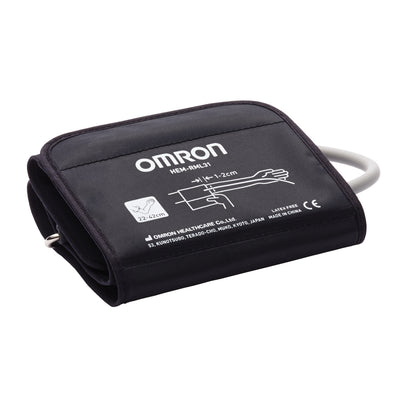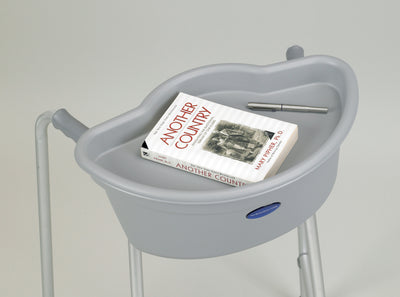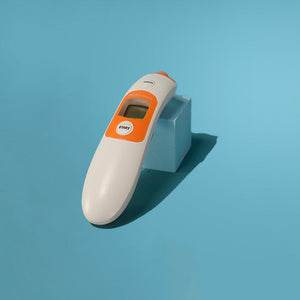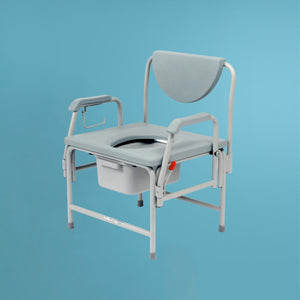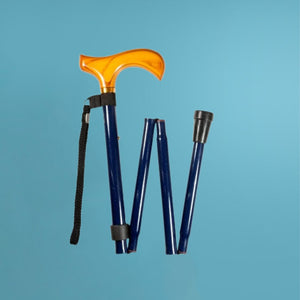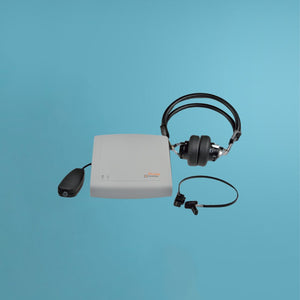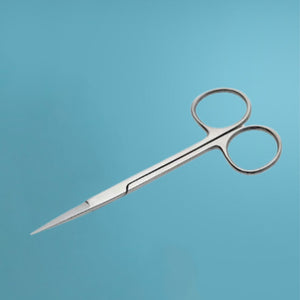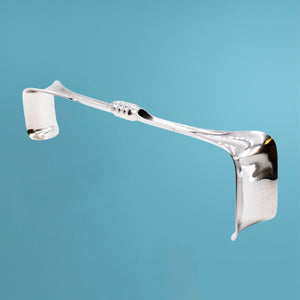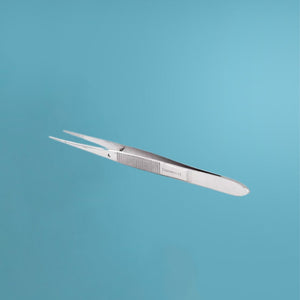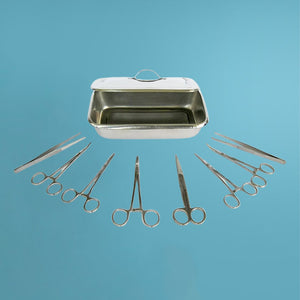Stethoscope Components: What's in the Stethoscope Tubing?
One crucial component of the stethoscope that plays a vital role in the transmission of sound is the tubing. In this article, we will review the construction and materials used in stethoscope tubing, explain the role of tubing in transmitting sound waves, and how important they are in minimizing external noise interference.
Materials Used in Stethoscope Tubing
The tubing of a stethoscope is typically made of high-quality, flexible materials such as latex-free rubber, PVC, or silicone. These materials are selected to provide durability, flexibility, and resistance to external factors such as temperature, chemicals, and oils. The tubing is designed to be non-stick and easy to clean, which is essential for maintaining hygiene in clinical settings. The best tubing material should be resistant to cracking and wear over time, ensuring a long-lasting and reliable stethoscope.
Role of Tubing in Transmitting Sound Waves
The primary function of the tubing in a stethoscope is to transmit sound waves from the chest piece to the earpieces. When the chest piece is placed on a patient's body, it captures vibrations generated by internal sounds. These vibrations are converted into sound waves that travel through the tubing to the earpieces, allowing the healthcare professional to hear and analyze the patient's internal sounds.
The tubing is designed to maintain a high-quality sound through its journey up the tubing. Its flexibility enables the stethoscope to be comfortably positioned around the patient's body without losing out on sound quality. Additionally, the material and thickness of the tubing are carefully selected to ensure sound waves travel efficiently and accurately from the chest piece to the earpieces.
Importance of Minimizing External Noise Interference
In a clinical setting, there can be significant levels of ambient noise from various sources such as conversations, medical equipment, and environmental factors. External noise can interfere with the accurate detection and interpretation of a patient's internal sounds, making it challenging for healthcare professionals to make accurate diagnoses.
The stethoscope tubing plays a crucial role in minimizing external noise interference. Its thick, high-quality material acts as a sound insulator, blocking out noise and preventing it from reaching the earpieces. This gives the user the ability to focus on just the sound that is emitted from the patient’s body.
Even more crucial moments will involve assessing subtle or faint sounds, such as heart murmurs or breath sounds in patients with respiratory conditions. Accurate detecting of these sounds can be critical for early diagnosis and effective treatment planning.
In conclusion, the tubing of a stethoscope is a critical component in the transmission of sound from the chest piece to the earpieces. The construction and materials used in stethoscope tubing ensure durability, flexibility, and high-quality sound. The tubing also plays a crucial role in minimizing external noise interference, allowing healthcare professionals to accurately assess and diagnose their patients' internal sounds.



